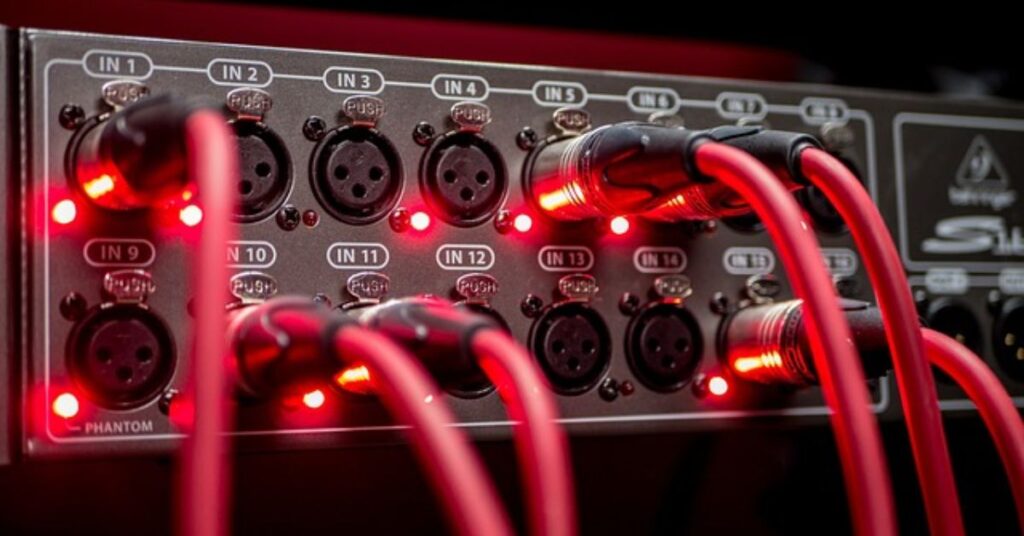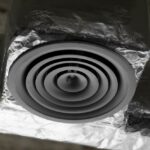Are you getting the best sound quality from your audio system? One crucial component that can significantly affect audio performance is speaker wire. Choosing the right speaker wire ensures optimal sound quality, minimizes signal loss, and enhances your overall listening experience. In this comprehensive guide, we’ll explore everything you need to know about speaker wire, including types, gauges, materials, and installation tips. Whether you’re setting up a home theater or upgrading your audio system, this article will help you make informed decisions about your speaker wire.
Understanding Speaker Wire
Speaker wire is the cable that connects your speakers to an audio amplifier or receiver. It carries the electrical signals that translate into sound, making it a vital part of your audio setup. But what exactly should you look for in speaker wire to ensure it meets your needs?
Speaker wire typically consists of two insulated conductors that carry the audio signal. These wires are designed to be flexible and durable, allowing for easy installation and long-term use. The quality of the speaker wire can impact sound clarity and overall system performance, so understanding its components and characteristics is essential.
Types of Speaker Wire
When it comes to speaker wire, there are several types to choose from, each with its own advantages and uses.
- Twisted Pair Wire: This is the most common type of speaker wire. It consists of two insulated conductors twisted together. The twisting helps reduce electromagnetic interference and is suitable for most home audio setups.
- Ribbon Wire: Ribbon speaker wire is flat and typically features multiple conductors arranged in parallel. It’s known for its low resistance and minimal interference, making it ideal for high-end audio systems.
- Coaxial Wire: Coaxial speaker wire has a single conductor surrounded by insulation and a shield. This type is used for applications requiring high shielding against interference, but it’s less common for standard home audio setups.
Choosing the Right Gauge
The gauge of speaker wire refers to its thickness, which affects its resistance and performance. The American Wire Gauge (AWG) system is used to measure the thickness of speaker wire. Lower gauge numbers indicate thicker wire, which can carry more current and reduce resistance.
- 12-Gauge Wire: This is a thick wire suitable for high-power systems and long cable runs. It’s ideal for speakers that demand a lot of power or if you have a large distance between your amplifier and speakers.
- 14-Gauge Wire: This is a versatile wire that works well for most home audio systems. It’s a good choice for average distances and moderate power levels.
- 16-Gauge Wire: This thinner wire is suitable for shorter distances and lower power systems. It’s typically used in smaller setups or for connecting smaller speakers.
Materials Used in Speaker Wire
The materials used in speaker wire can impact performance and durability. Here’s a look at the common materials used:
- Copper: Pure copper wire offers excellent conductivity and is the preferred choice for high-quality audio systems. It provides minimal signal loss and ensures clear, accurate sound.
- Copper-Clad Aluminum: This is a more affordable option that combines an aluminum core with a thin layer of copper. While it offers decent conductivity, it may not perform as well as pure copper, especially over long distances.
- Silver: Silver wire provides the highest conductivity but is much more expensive. It’s typically used in very high-end audio systems where maximum performance is required.
Insulation and Shielding
Speaker wires are insulated to protect against short circuits and signal interference. The insulation material can vary, with common options including PVC, rubber, and other plastics. Some high-end speaker wires also feature additional shielding to further reduce interference from external sources.
- PVC Insulation: This is the most common type of insulation used in speaker wire. It’s durable and provides basic protection against environmental factors.
- Rubber Insulation: Rubber insulation offers added flexibility and durability, making it suitable for installations where the wire may be subjected to physical stress.
- Shielding: For high-performance setups, additional shielding can be used to block electromagnetic interference and ensure a cleaner signal. This is especially useful in environments with a lot of electronic noise.
Installation Tips for Speaker Wire
Proper installation of speaker wire is crucial for achieving the best audio performance. Here are some tips to ensure your installation goes smoothly:
- Measure Carefully: Measure the distance between your amplifier and speakers to determine the length of wire needed. Avoid excessive slack, as it can cause clutter and potential signal loss.
- Avoid Sharp Bends: Sharp bends in the wire can damage the insulation and affect performance. Try to keep the wire running in smooth curves.
- Use Quality Connectors: Use high-quality connectors, such as banana plugs or spade connectors, to ensure a secure and reliable connection between the wire and your audio equipment.
- Keep Wires Organized: Use cable management solutions to keep your speaker wires organized and prevent tangling. This not only looks better but also reduces the risk of damage.
- Test Connections: After installation, test your connections to ensure everything is working correctly. Check for any issues such as poor sound quality or loose connections.
Comparing Speaker Wires
When choosing wire, it’s helpful to compare different options to find the best fit for your needs. Consider factors such as wire gauge, material, and insulation when making your decision. Comparing features and performance can help you choose a wire that offers the best balance of quality and value.
Conclusion
Are you ready to enhance your audio experience with the right speaker wire? By understanding the different types, gauges, materials, and installation tips, you can make an informed decision and optimize your audio setup. With the right speaker wire, you’ll ensure clear, high-quality sound and get the most out of your audio system. So, which speaker wire will you choose to upgrade your listening experience?
Found this article helpful? Explore more insightful content on our site!
FAQs
Q1: What is the best gauge for wire in a home audio system?
For most home audio systems, 14-gauge or 16-gauge wire is sufficient. For high-power systems or long distances, 12-gauge wire is recommended.
Q2: What materials are commonly used in wire?
Common materials include pure copper, copper-clad aluminum, and sometimes silver. Pure copper is preferred for high-quality audio.
Q3: How does insulation affect wire performance?
Insulation protects the wire from short circuits and interference. Higher-quality insulation and shielding can improve signal clarity and durability.
Q4: Can I use any type of wire for my audio system?
It’s best to choose wire based on your system’s requirements, considering factors like power levels, distance, and connector types.
Q5: What should I consider when installing wire?
Measure the wire length carefully, avoid sharp bends, use quality connectors, keep wires organized, and test connections after installation.







